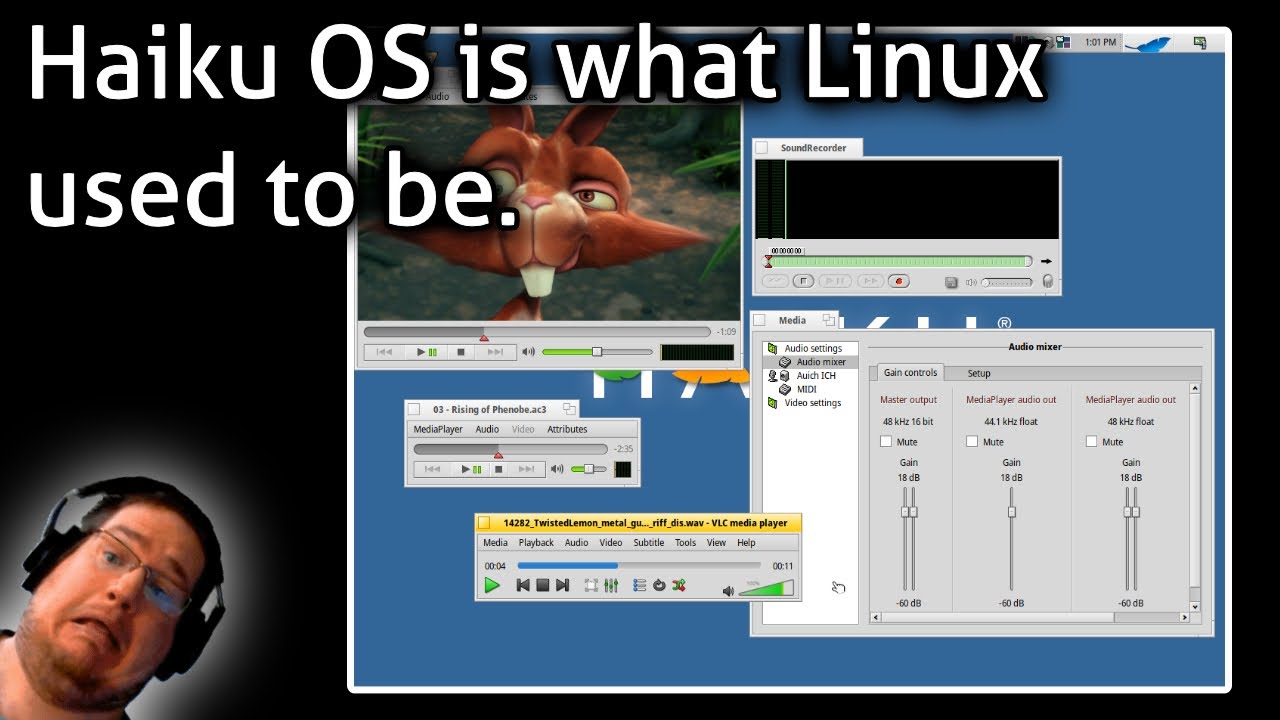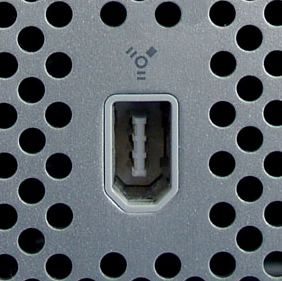- cross-posted to:
- [email protected]
- cross-posted to:
- [email protected]
Slackware is what Linux used to be.
Cause it didn’t really change at all since the beginning.
Still the same structure under the hood, still comes preinstalled with twm (the original default window manager for X, developed in 1987), if you want it to look like it’s 30 years old.
The distro is even still maintained by the same guy who created it.But contrary to Haiku it works as a production system in the modern world, too. It has KDE, Wayland and a modern Linux kernel, and you can install optional helper tools that manage dependencies, Flatpak support, Steam…
Haiku is not that bad as a production system. It has Qt, wireless drivers from FreeBSD, nice performance.
I mean, they are not aiming for production anyway.
sls is what slackware is based on.
The last SLS release was in March 1993.
Slackware was released as a bugfix for SLS in July 1993.
Arguably, Slackware is the continuation of SLS under a different maintainer and name.aright.
I am struggling to understand the point this guy is trying to make. He’s upset that the system works, and he’s upset that it’s doesn’t require immediate manual intervention at every step. Is it just the nostalgia talking?
To most of us, an operating systems is means to an end. We use it to do work, or play games, or whatever else you want to do. If anything, Linux overall is in the best state it’s ever been, and it only continues to improve.
If the low-level manual work is what he wants, then there are certainly options he can adopt into his workflow, but outside of that, it just feels like aimless anger
He’s saying that “pioneers take the arrows, and the settlers take the land”.
Haiku makes him feel like a pioneer again, and it sounds like the tinkering is fun.
Based on your comment, it is highly unlikely that you would have used Linux desktop in the late 90s for the same reason you wouldn’t use Haiku today. A lot of people feel out on computers, if it was just about doing work then the vintage computer hobbyists would all find something else to do.
Haiku is really very different from what Linux used to be, it’s single user with one mandatory GUI and lots of fairly interesting features from BeOS. Not saying this to discourage anyone from using it, I quite like it, but Linux is Linux and Haiku is Haiku.
Reading through the comments on the video, the only “used to be” part the video creator is talking about is that it is a alien hobby OS that hardly anyone uses or knows about. Don’t take that as a negative but he is just talking about the feels. Other than that technically their isn’t a lot in common with Linux from the past.
Maybe desktop use. But as a server OS, Linux became very popular after apache was released.
Haiku is hardly an “alien hobby OS” anymore. There are sooo many videos on YouTube about it being this amazing Linux alternative…
No, it’s what BeOS used to be. I miss the BeBox, just out there flaunting its true multi-processor usage with LEDs
No. I can’t remember when Linux used to be a conservative swamp driven by pure nostalgia.







